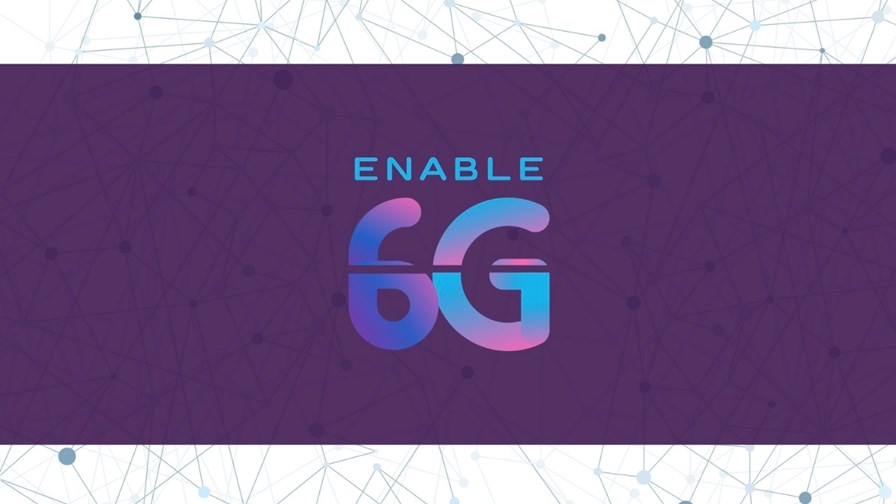
- Spanish telco giant is involved in a new 6G project funded by the EU and the Spanish government
- The Enable-6G project pledges to tackle challenges expected in 6G networks
- Privacy and ‘environmental sensing’ are among the key considerations when exploring the future technology
- 6G R&D efforts are gaining traction across several continents
Keen to position itself as one of the industry’s 6G movers and shakers, Telefónica has joined a new R&D project, dubbed Enable-6G, that aims to tackle the user privacy protection and energy-efficiency challenges associated with future generation wireless networks.
In a statement, the Spanish telco announced the launch of the Enable-6G project, which is funded by the European Union’s economic recovery plan NextGenerationEU as well as Spain’s Ministry of Economic Affairs and Digital Transformation.
The initiative is led by the IMDEA Networks Institute (an innovation and development centre in Spain) and includes involvement from tech giant NEC and BluSpecs (a Spanish digital transformation consultant). It is designed to address “the challenges that will be faced by future 6G networks, such as increased connectivity, higher performance demands, and advanced object and environment detection and communication”, the company noted.
The development of the project “has become crucial”, according to Telefónica, as it has become evident that 6G networks need to be “more adaptable and intelligent” so that they can give rise to a future vision that tackles “greater levels of complexity, contextualisation, and data traffic” – all the while consuming less energy, and providing enhanced security and privacy measures so that anyone developing future technology is given the level of trust required for the “widespread implementation of next-generation devices and nodes”.
A main objective for the Enable-6G project is to ensure “advanced privacy protections are built into the architecture,” given that precise mapping and sensing, as well as data privacy and security, are major concerns but also provide a great opportunity for new service development.
The initiative will also focus on designing and implementing software-defined networks (SDN) that can operationalise optimised edge-to-cloud processing, with the end goal being to support time-critical and geo-distributed network orchestration.
Enable-6G will look to provide “environmental sensing” which, according to Telefónica, will significantly reduce the energy footprint per device and prevent a large increase in overall network power usage.
6G work gains traction
While 5G networks and services are still being deployed and developed, many players in the industry are already exploring the potential of wireless 6G.
As well as Enable-6G, Telefónica is also active in another European 6G project, called Hexa-X-II, which involves participation from Orange and Telecom Italia, as well as vendors Nokia and Ericsson.
Also in Europe, German operator Deutsche Telekom is leading a consortium of 22 partners as part of the 6G-TakeOff research project within the broader 6G industrial projects funded by the German Federal Ministry of Education and Research (BMBF) – see Deutsche Telekom, Nokia take lead roles in European 6G projects.
Meanwhile, Ericsson is launching a €5.7m research and innovation consortium in Europe, called Deterministic6G, with which Orange is also involved, as well as several other members – see News brief: 6G R&D gathers pace in Europe.
In the UK, the government has invested £110m in 5G, 6G and telecom security research and development initiatives, in collaboration with BT, Cellnex, Virgin Media O2, Ericsson, Mavenir, Nokia, Parallel Wireless and Samsung, among others – see UK government pumps £110m into 5G, 6G R&D.
More recently, the UK Department for Science, Innovation and Technology (DSIT) announced that it plans to invest up to £100m into “a new long-term national mission to ensure that the UK is at the forefront of both adopting and developing 6G – the future of digital connectivity.”
Elsewhere, Japanese telco NTT Docomo is also taking strides towards shaping the future of 6G, including issuing advice in the form of whitepaper reports in partnership with its South Korean peer SK Telecom (SKT).
While in India, Prime Minister Narendra Modi has recently set out a vision, dubbed Bharat 6G, that aims to put India on the global map of leaders in the 6G era – see India eyes global leadership role in 6G.
And, of course, the North American region is also piling into the 6G R&D sector. US industry group The Next G Alliance has been active in depicting a 6G vision for North America, drawing up a roadmap of necessary steps to secure the region’s leadership in wireless technology from the next decade onwards.
- Yanitsa Boyadzhieva, Deputy Editor, TelecomTV




